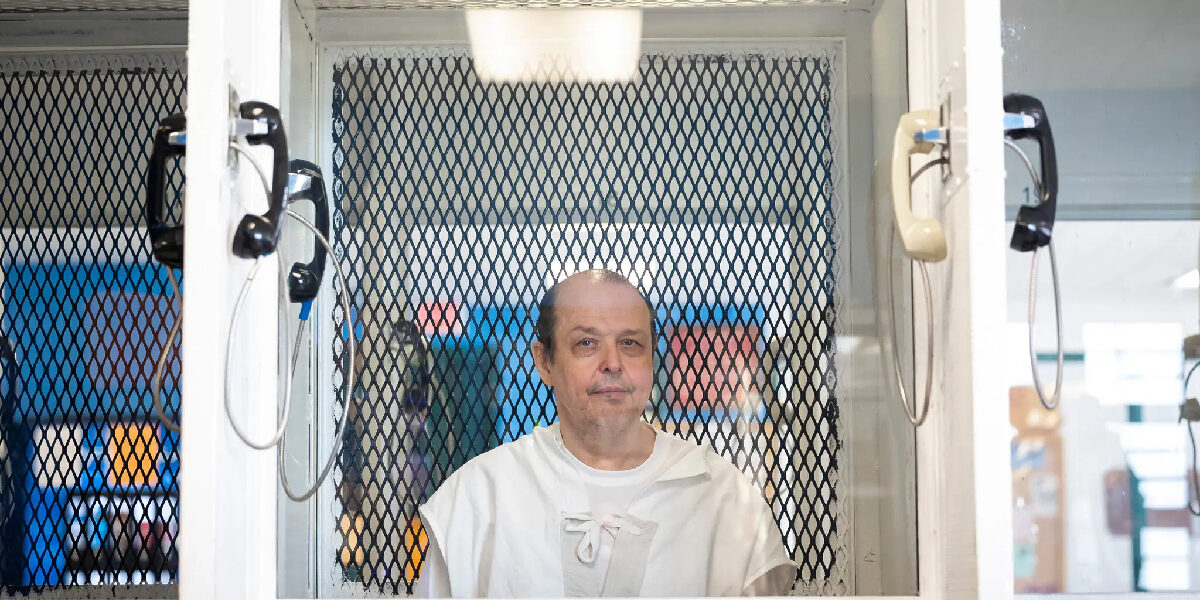The Texas Court of Criminal Appeals has halted the scheduled execution of Robert Roberson, an autistic man convicted in 2003 of killing his 2-year-old daughter, Nikki, by shaking her. The state’s highest criminal court issued a two-page order on Thursday, directing a lower court to re-examine disputed medical evidence related to the controversial diagnosis of “shaken baby syndrome.”
The ruling, which arrived just one week before Roberson’s planned execution, marks a major development in a case that has divided Texas officials and drawn national attention from figures such as Dr. Phil McGraw and author John Grisham, both of whom have publicly opposed the execution.
Questioning the Science Behind the Conviction
At Roberson’s original trial, prosecutors presented medical testimony claiming that his daughter’s death resulted from being violently shaken. Two witnesses even demonstrated the alleged motion to the jury using a teddy bear.
However, Roberson’s defense team has long maintained that Nikki’s death was due to medical complications — including illness and prescription medications — rather than abuse. They argue that the “shaken baby syndrome” diagnosis, once widely accepted, has since been debunked as unreliable or “junk science.”
“We are relieved and grateful,” said Gretchen Sween, Roberson’s attorney. “An objective review of the medical evidence will show there was no crime.”
Texas’ “Junk Science” Law in Action
Texas became the first U.S. state to pass a “junk science law” in 2013, allowing courts to reopen cases where forensic evidence has since been discredited.
The Court of Criminal Appeals referenced its landmark decision from last year in the case of Andrew Roark, a Dallas-area man convicted in 2000 for allegedly shaking a child. In that case, the court determined that medical understanding had evolved, particularly concerning the claim that shaking alone could cause the kind of internal bleeding often cited as evidence of abuse.
Justice Sonia Sotomayor, in a statement last year, called the Roark ruling “a landmark opinion” that could reshape how courts view shaken baby cases nationwide.
A Divided Medical Community
While the legal landscape has shifted, the medical community remains split. The American Academy of Pediatrics continues to recognize “abusive head trauma” as a legitimate diagnosis, rejecting claims that it constitutes junk science.
Still, the Texas court’s order requires the lower court to reconsider Roberson’s case in light of new scientific insights and the precedent set by Roark.
“Robert has taken one small step back from the brink,” Sween said, adding that her next task is to convince the new trial judge that Roberson deserves the same relief granted in the Roark case.
Political Pressure and Previous Delays
Roberson’s execution had already been postponed several times, most notably last year after an unprecedented move by Texas lawmakers. A bipartisan coalition, led by Republican Representative Jeff Leach, issued a subpoena ordering Roberson to testify before the Legislature — effectively pausing his execution.
The maneuver sparked a constitutional dispute over the separation of powers, eventually reaching the Texas Supreme Court, where Governor Greg Abbott argued against the subpoena. The court later ruled that the Legislature had overstepped its authority, allowing a new execution date to be set.
Following Thursday’s ruling, Leach confirmed that Roberson was moved off death watch and returned to his usual prison cell.
“This is a victory for justice and for truth,” Leach said. “It gives us another chance to ensure the science and evidence in this case are properly examined.”
With the stay in place, Roberson’s legal team will now return to the trial court to seek a new hearing or a retrial, arguing that evolving medical science — and Texas’ own laws — prove that the state may have convicted an innocent man.
